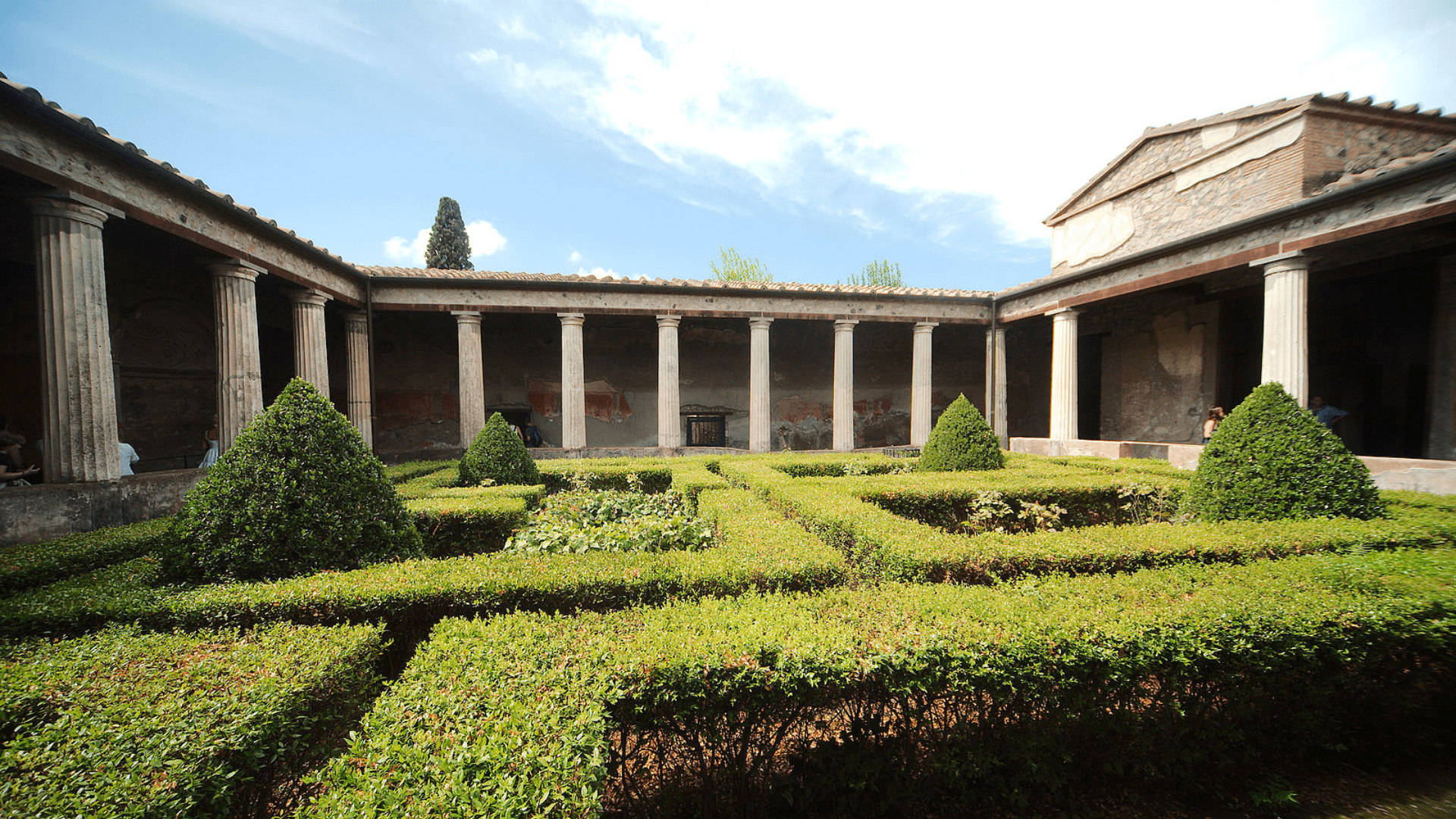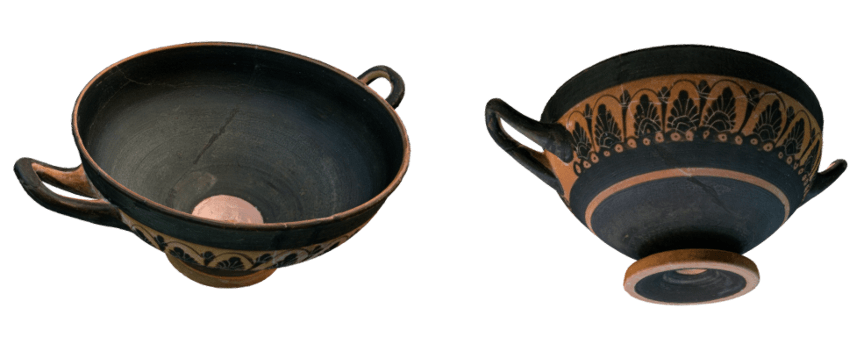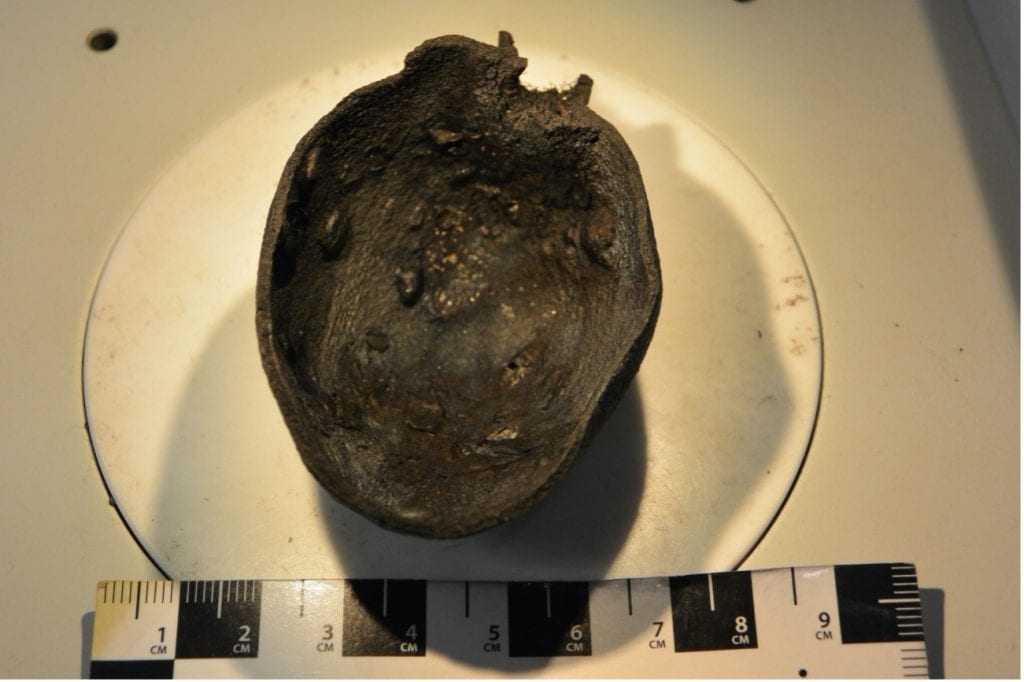
MAARC 2022 Conference Report
On 31 January-2 February 2022, SHAPS hosted the second Mediterranean Archaeology Australasian Research Community (MAARC) online conference. This event brought together researchers, students and ancient world enthusiasts from across the globe to share in some of the most recent and exciting updates in the Mediterranean archaeology space. Emily Tour (PhD candidate, Classics & Archaeology) shares her reflections on the conference below.
Twelve panels. 91 papers. 350 registrants. Participants from over 20 countries. As we kicked off MAARC’s second annual meeting, we knew we had an incredible program on our hands, certainly bigger and perhaps even better than MAARC’s inaugural conference twelve months before. The three days over which the virtual conference was held proved to be action-packed, thought-provoking and inspiring in equal measure, and I’m very excited to share a few of the highlights here.
But first, let’s rewind a little to how it all came together. When the call came through last year announcing the MAARC 2022 conference, I immediately jumped at the chance to volunteer as a committee member. The relaxed, welcoming, congenial atmosphere of the first conference had really stuck with me and I was keen to get on board to help develop its next iteration. So were quite a few others, as it turned out, and thus we ended up with a fabulous committee comprised of six University of Melbourne staff and students to plan and run the upcoming event — Thomas Keep, Lily Nash and myself joining three returning organisers, Madaline Harris-Schober, Emily Simons and MAARC co-founder Gijs Tol.
As 2021 drew to a close, registrations, panel proposals and paper abstracts were flying in. It was great to see so many repeat participants from last year, as well as many new names and faces – clearly word about the community was getting around! By the end of the year, the full program was set and we were working through the logistics of the conference delivery, including some improvements to accessibility.
One of MAARC’s founding principles was that its conferences should be open and accessible to as many people as possible. This was achieved during the inaugural meeting by holding the event online and ensuring it was free for all to attend. However, we were keen to improve accessibility in other ways, inspired considerably by the great work of two of the panel organisers participating in MAARC – Hannah Vogel and Sarah Massingham – both of whom research and advocate for disability awareness in History and Archaeology.
This year, we enabled live captions during all panels, and took steps to ensure that access to presentation recordings would be provided post-conference. We also provided presenters with recommendations on how to improve accessibility in their papers, including via simple enhancements such as adding alternative text to graphics. We hope that future MAARC events will continue to build on this work and to strive for greater accessibility.
Before we knew it, 31 January had rolled around, and we were ready to begin this year’s event. Following a quick prayer to the technology gods, we fired up the conference platform and, soon, the registrants were rolling in the virtual door. (By conference end, we’d only locked everyone out of the Zoom room once, so apparently our sacrifices to those deities of the cable and chip were well received.) Uncle Tony Garvey opened proceedings with a warm Welcome to Country, and then it was time for our first panels to commence.
The program was filled to the brim with exciting new research, to the point that we were frequently running three panels simultaneously. I will therefore only be able to provide highlights from a selection of the panels that I attended, with a particular focus on the amazing contributions from the University of Melbourne cohort.
Day 1 for me began with a panel, co-organised by Sarah Massingham and Hannah Vogel from Macquarie University, on ‘Disability in History and Archaeology’. Sarah and Hannah led a powerful and insightful session, with contributions from four excellent speakers discussing representations of disability in the historical and archaeological record, as well as exploring how we can all better support and advocate for researchers with disability.
One particular presentation that stayed with me was Lauren Poole’s (University of Sydney) discussion of how differently a person living with disability may experience and interact with cultural artefacts in a museum. Lauren explored, for example, Frank Cotton’s anti-gravity suit (currently housed at the Chau Chak Wing Museum at the University of Sydney) might be perceived a person impacted by dysautonomia. From such a person’s perspective, blood-pooling is not just something that happens at G-force speeds — it’s a part of their everyday reality. Focusing exclusively on ableist viewpoints means that we miss out on a whole range of insightful and varied interpretations and experiences.
Later in the day, I was also able to attend a number of papers from the ‘Museums and Mediterranean Collections in Australasia’ panel, chaired by the ever-exuberant Candace Richards (Chau Chak Wing Museum). This panel showcased an array of new projects being undertaken by museums across Australia and New Zealand.
‘Digital Interventions’ was a particularly topical theme introduced by the panel, which included a talk from our committee member and current SHAPS PhD candidate Thomas Keep (who had a very busy conference schedule, with two papers to present and two panels to chair!)
Thomas discussed the increasingly popular technology of photogrammetry (showcasing some stunning 3D artefact models from his work with the Hellenic Museum), and some of the implications it is having in the museum space. I’m sure many of us have enjoyed the virtual galleries increasingly made available during lockdown by museums across the world, and appreciate what they can (and can’t) offer from an accessibility and experiential perspective. What I found most intriguing here was the idea of ‘digital repatriation’, an innovation that offers much potential, but also brings the risk of enabling us to become complacent and superficial when it comes to the urgent task of decolonising the field of Ancient World studies.

At the start of Day 2, I had the pleasure of hosting a session myself on a topic very dear to my heart, ‘Administration in the Mediterranean and Near East’. Although I’d given papers in the past, organising and chairing a conference panel was completely new to me, and I admit I didn’t sleep a wink the night beforehand. To my relief, my fears proved entirely unfounded and the session was a great success, predominantly thanks to the amazing papers from each of my presenters.
I was also very fortunate to have not one, but two, University of Melbourne participants in my panel, with Brent Davis providing an exciting update on his work to understand the nature of the language behind the Linear A script, and Louise Hitchcock presenting her initial analysis of an intriguing textile-impressed sealing found in a domestic context during excavations at Tell es-Safi (a dig which many students from the University have been involved in over the years).
For students who might be uncertain about taking on the task of arranging a conference panel, I would highly recommend it as a fun, rewarding experience, and an excellent way to get to know other scholars working in your field of interest.
Probably my favourite panel from the conference was the ‘Gendered Landscapes’ session on Day 2, hosted by the University of Melbourne’s Larissa Tittl and Caroline Tully, as a follow-up to their excellent ‘Sacred Geographies’ panel from last year. This panel had a stellar line-up of papers, with explorations of the theme across Nubian, Aegean and Mesopotamian contexts.
Monique Webber (University of Melbourne) delivered a beautifully detailed and thought-provoking discussion on ‘Power and Oppression in the Roman Garden’, exploring how private villa landscapes encoded complex expressions of elite male power.
Melody Li (University of Queensland graduate, tuning in very early from the UK) discussed her recent work on contraception in the ancient Graeco-Roman world, in which she recreated a number of recipes from Soranus’s Gynaecology, in order to understand the form of their products and by-products. This work may in turn help researchers to help detect such material in the archaeological record and differentiate it from standard food remains.

The final day was similarly filled with excellent papers, so it is hard to choose just the highlights. From this year’s AWAWS (Australian Women in Ancient World Studies) panel on ‘Representations of Ancient, Medieval and Modern Mediterranean Women’, I must give a shout out to Daisy Norfolk (University of Melbourne) for introducing me to my new favourite goddess, Baubo.
Setting the scene with the bawdy but enigmatic tale of Baubo bringing mirth to a mourning Demeter by lifting her skirt, Daisy’s nuanced exploration of the goddess, particularly through her expression in Hellenistic-era figurines, raised some interesting ideas around expressions of female autonomy during this era, as well as the tensions between text and material culture that so often come to the fore in archaeological analysis.
The open session was the perfect way to finish off the conference, with a fabulously diverse set of papers, including a great number of University of Melbourne representatives: Tamara Lewit delivering a fascinating exploration of oil and wine production in fourth- to seventh-century monasteries in the Levant; Robyn Cooper discussing her research on expressions of domestic religion in the houses of Pompeii; Lieve Donnellan providing an update on her latest research at Haliartos, with a focus on architecture and urbanism; and Laura Pisanu exploring Sardinian caves from the Bronze and Iron Ages as part of the sacred landscape.
We also had a number of excellent panels exploring new research in Cyprus, the Levant, the East Adriatic, pre-Roman South Italy, and the Cairo-Damascus Route, as well as the multifaceted ‘Reflections in the Mediterranean World’ panel, with topics ranging from mirror studies to digital humanities, including a paper on Ovid’s Narcissus myth from University of Melbourne’s Elena Heran. With such an amazing mix of Australasian and domestic speakers, these panels certainly showcased the wonderful networks and collaborative efforts of Mediterranean scholars worldwide.
It’s been a wonderful first two years of MAARC, with its annual conference now a firmly established fixture on the scholarly calendar. It has been a delight to host the first two conferences at the University of Melbourne, but the time has come to pass the baton. We are thrilled that the 2023 conference will be jointly organised by the Chau Chak Wing Museum, the University of Sydney and the Australian Archaeological Institute in Athens. I can’t wait to attend and see how MAARC continues to grow and evolve in its next iteration.
Emily Tour is a first year PhD student in Classics and Archaeology. Her research is focused on analysing the connections between the different Bronze Age administration systems found in the Aegean region, through the application of phylogenetic methods.